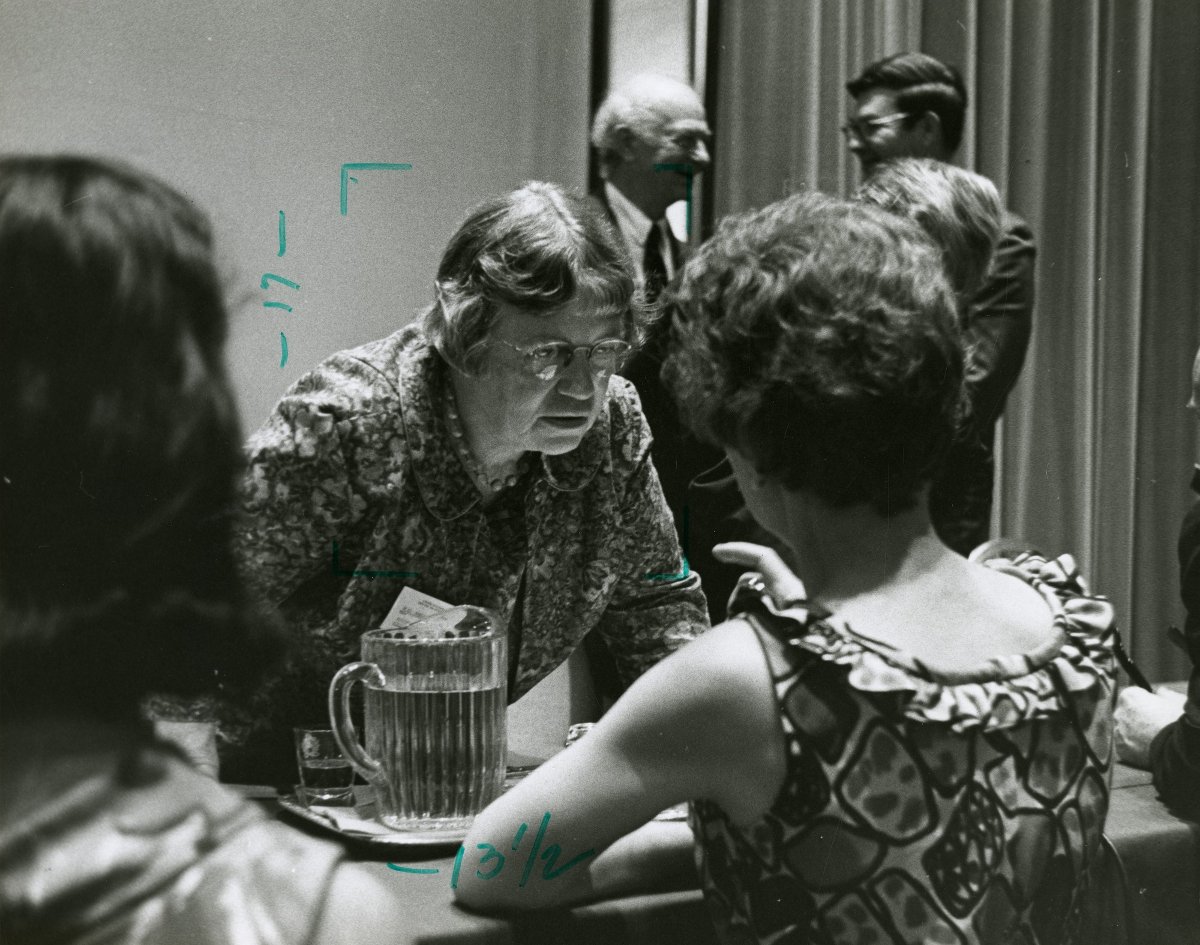“Never believe that a few caring people can’t change the world. For, indeed, that’s all who ever have.” —Margaret Mead


I’ve been lucky in my life to be a member of many caring cultures. My family cared about me and accepted my idiosyncrasies. I felt loved and respected growing up. Strangely enough, my team of co-workers in a jail rehab program created a caring culture in which each of us supported each other’s growth. I have also had the privilege of consulting with many organizations who were committed to creating a more caring work environment. My grandkids go to a school that promotes loving kindness. I’m part of a beloved community that promotes the worth and dignity of each individual. A good friend of mine has run a very successful consulting business helping companies improve safety in their work environments. For him, safety concretizes caring—particularly if it is generalized to having all members feel safe from harassment as well as hazards. Caring cultures do exist and can be created.
What does a caring culture look like?
I believe there are ten norms that characterize a caring culture:
- People are clear about their individual and organizational purpose.
- People feel empowered and engaged.
- Team members build strong personal and professional relationships.
- People share stories about how desired norms and values come alive.
- People feel heard.
- People feel connected to each other and to the mission.
- People feel safe.
- People feel free to be who they are
- People believe their dreams and aspirations are understood
- People feel supported

What motivated this post? I have been feeling down lately by the lack of caring I see in the world. After reading Ron Chernow’s book on Grant (see the post “Style and Substance“), I was discouraged to confront the fact that so much racial animosity still exists 150 years after the end of the Civil War. I was sad to acknowledge how the heroic efforts of Lincoln, Grant and others were undermined by white supremacists after Reconstruction and that African Americans had to suffer under Jim Crow even though the 14th Amendment legislated equal rights for all citizens. And, tragically, blacks are still the victims of racial prejudice more than 50 years after the Civil Rights Act (1964) and Brown v. Board of Education (1954).
As I was “recovering” from the Chernow blast, I read Killers of the Flower Moon by David Grann. This book describes in detail the murders of Osage Indians in the first few decades of the 20th century. Here’s a quick summary of the sordid story. After forcing Native Americans off their rightful hunting grounds, they were pushed into reservations in places where white folks didn’t have particular economic interests. The Osage Indians were relegated to a rocky wasteland in Oklahoma where they struggled to survive and deal with the betrayals of trust they experienced from governmental officials.
White people ignored the Indians until someone discovered they were sitting on top of vast reservoirs of black gold—oil.


All of a sudden, the Osage Indians had greater per capital wealth than anyone in the country. Unable to abide that fact, white officials declared the Indians incompetent to manage those sums of money and appointed white guardians to oversee Indian expenditures. That declaration was first translated into whites limiting what Indians could spend and exorbitantly overcharging them for basic services. Then, in an even more sinister strategy, white men would marry Indian woman and then kill them off so they “inherited” the vast wealth of their deceased spouse. These practices were supported at the local, state, and national levels. That didn’t feel like a very caring culture to me.
Already reeling from reading what happened to the African Americans and the Native Americans, I have to confront on a daily basis the corruption, greed, and inhumanity going on right in front of our noses today. To get perspective on the issue, as is my normal custom, I searched the internet for “culture of corruption.” Lo and behold, I found that Michelle Malkin published a book under that title with the sub-heading “Obama and his Team of Tax Cheats, Crooks, and Cronies.” It turns out that Ms. Malkin is a conservative blogger, political commentator, and author who also wrote Unhinged: Exposing Liberals. I shook my head and screamed, “You’ve got to be kidding me!” I would never even think about putting the words corruption and Obama in the same sentence. Oops, I just did. To me, Obama is the paragon of integrity. Eight years with no scandals. Eight years with continuous economic growth. Eight years of modeling what a loving, healthy family looks like. To accuse Obama of cheating, crookedness, and cronyism seemed too ludicrous to imagine especially in comparison with what we are facing today with our Chief Cheater, Liar, and Racist. Ahh, deep breath.
Yes, I felt devastated after reading the history of civil rights and Indian rights while being confronted constantly by extreme nationalists and supremacists around the world. My first inclination was to write a post (my preferred therapy) about the culture of corruption.
After discovering the title had already been abused by a conservative writer, I decided to take a more positive direction and write about the flip-side of corruption—caring.
Also, one of my most trusted advisors keeps telling me that my writing can be too negative and political at times. He counsels me to stick with positive, spiritual aspects of living. Let others stir the swamp.
So, we arrive at the big question:
“How can we possibly transform a seemingly intractable culture of corruption into a sustainable culture of caring?”

In the opening to this post, I suggested ten norms that could be used to measure a caring culture.
I wonder how many organizations actually administer a survey to assess the strength of those norms (or norms of their own choosing) to their employees once per year.
I know there are surveys to determine the best places to work, but I would like to see organizations focus on these ten norms and evaluate their strength, relative importance, and directionality on an annual basis. How do you think people in government would rate those ten norms today? How would they compare with the ratings during the Obama administration?
But taking on the government or large organizations may be too daunting a task.
Why not start with our families and our local communities, where might we make a difference and contribute to a culture of caring wherever we are?
I think there are several possibilities to consider. In whatever community we find ourselves, we can make sure the purpose is clear and communicated. We can work hard to build positive relationships by sharing success stories and by listening to how our fellow members experience the norms we value. We can ensure that we have taken every precaution to prevent harm from hazards and harassment. As parents and organizational leaders, we can free people to be who they are. We can make the effort to understand each person’s dreams and aspirations, and we can support them as they do the work to realize those dreams.
In a recent measure of the risk to our planet from climate change, nuclear war, and technological advancements, a large group of scientists put us at 2 minutes to midnight.
We need to shift that measure to read 2 minutes to dawn.
We can only create a new dawn of civilization if we transform our respective cultures from corrupt to caring. It has to start with each of us—one step at a time, one day at a time. Will you join me?
Also published on Medium.


You are the man Ricky! Thank you once again for your insightful, compassionate and brilliant missives! RonnyDonny